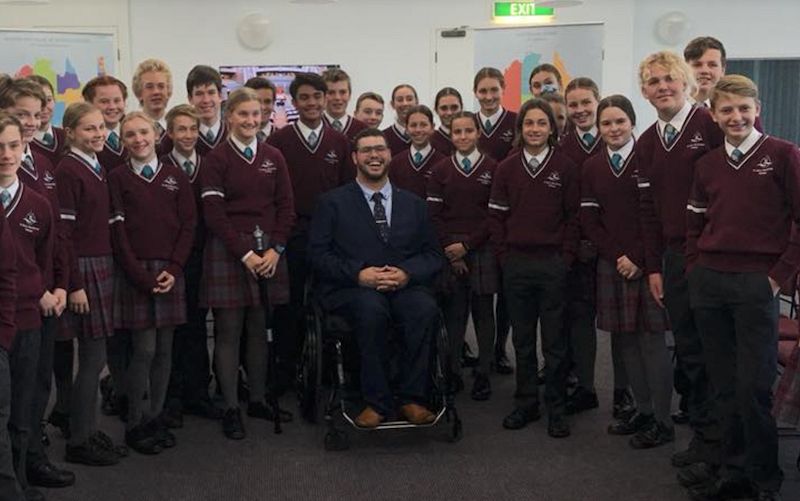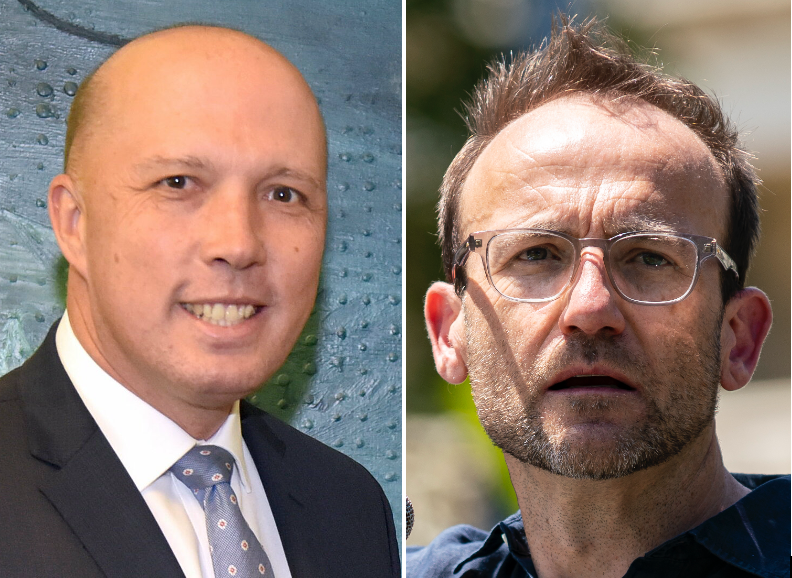The next Federal Election is just months away and the premise that older generations should monopolise policy has been refuted by the mistakes of the past, writes Dr Kim Sawyer.
IN 1972, I handed-out how-to-vote cards at the Federal election. I was eligible for conscription, but couldn’t vote.
One of the first acts of the Whitlam Government in 1973 was to lower the voting age to 18, but Australia was not the only country to lower the voting age at that time. In 1969, the United Kingdom lowered the voting age and, in 1971, the United States ratified the 26th Amendment lowering its voting age. The majority of Australians supported the change. Most understood that if you were eligible for the National Service Scheme you should be able to vote. There was a need to align rights and responsibilities. It was time for a change.
Perhaps it is time again. Perhaps we should consider lowering the voting age to 16. I used to think 16-year-olds were too young to vote. Most 16-year-olds are at school. Most have limited life experience, perhaps too limited to form the judgment necessary to vote. Unlike in 1973, there is no alignment of age limits. While the age of consent is 16, it is not legal to drink or drive in every Australian state at that age. Instead, the argument for lowering the voting age is about increasing participation in our democracy.
In June, Greens Senator Jordon Steele-John introduced a private member's bill to lower the voting age. In the bill, the compulsory voting age remains at 18, but an additional 600,000 16 and 17-year-olds would be allowed to vote if they want to. This is consistent with what is happening in other countries.
Austria, Brazil and Scotland have lowered the voting age to 16 in national elections and referendums; the Welsh Assembly is eager and parts of Germany and Norway and the Isle of Man are now allowing 16-year-olds to vote in local elections.
When the voting age was lowered in Austria and Norway, the turnout rate among 16 and 17-year-olds was at least as high as the rest of the electorate and these first-time voters continued to vote with high turnout rates in subsequent elections. They became engaged in the democratic process. Furthermore, evidence from both the U.S. and UK has suggested that 16 and 17-year-olds are as knowledgeable and competent about voting as young adults.
The main argument of those who oppose lowering the voting age is that a 16-year-old does not have the ability to make the necessary informed decision. I believe a 16-year-old can make decisions just as logically as the rest of us. They are often more technologically savvy, can process information just as quickly and don’t have many of the prejudices of older generations. The U.S. teenagers who advocated for stronger gun control after the Parkland shooting showed us what was possible. They showed the moral leadership lacking in a 72-year-old president. Age alone does not determine maturity.
There are other reasons for lowering the voting age. Parliaments legislate for the future, not the past. The young inherit those laws. The laws enabled by this Australian Parliament will affect 16-year-olds more than 65-year-olds, if only because they will have to endure them for longer. They are greater stakeholders in issues like climate change, renewable energy, housing affordability and education. And they are taxpayers. The young tend to be more responsive to new ideas and new policies, and their responses will affect policymaking.
The premise that older generations should monopolise policy has been refuted by the mistakes of the past. In advocating for whistleblowing legislation, I saw how difficult it was to shift the thinking of policymakers. Australia took 20 years to enact Federal legislation after the first Senate Inquiry in 1994, in spite of comprehensive evidence for the need for protection. Australia took too long. Much of the delay was attributable to policymakers wedded to the past and not the future. New thinking was needed.
A parliament should be representative of its democracy. When the current Federal Parliament (House and Senate) was elected in 2016, only three per cent of its members were in the age category between 18 and 34. By comparison, 29 per cent of the Australian population over the age of 18 are in this category.
While this does not mean that young adults have one-tenth of the representation of older Australians, it is clear they are underrepresented in the parliament. Yet they are one of the most productive cohort groups in our society, where the wisdom of past generations and the ideas of future generations are mixed. One way for a more representative parliament is for the young to vote earlier and to elect those with newer ideas. It would render our democracy more representative and more forward-looking.
Just as in 1972, it’s time for a change.
Dr Kim Sawyer is a senior fellow in the School of Historical and Philosophical Studies at the University of Melbourne. His principal research interests are in whistleblowing, regulation, finance and philosophy.
 This work is licensed under a Creative Commons Attribution-NonCommercial-NoDerivs 3.0 Australia License
This work is licensed under a Creative Commons Attribution-NonCommercial-NoDerivs 3.0 Australia License
Support independent journalism Subscribe to IA.












